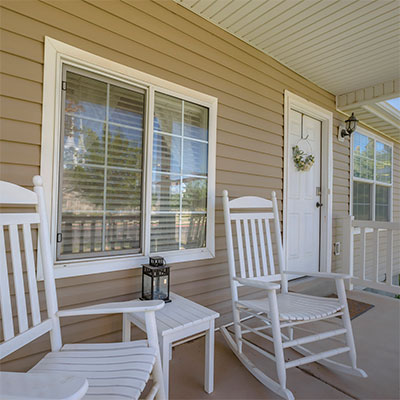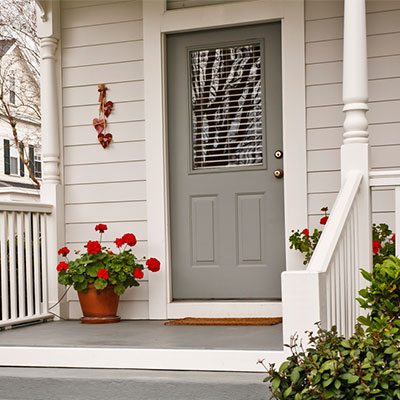
Vendors
Siding & Trim is exposed to the elements 365 days a year and depending upon where you live in our great state, that can mean very different things. Southern Idaho faces a semi-desert climate where temperatures reach season extremes on almost any day of the year. In contrast, less than 2 hours away in alpine McCall, elevation is 5,000 feet and siding meets with almost 12 feet of snow a year. As for Post Falls, Coeur d’Alene, and the panhandle, the climate is consistently cool and humid with a short dry summer. No matter where you are in Idaho, our siding experts have local working knowledge to make sure you get the right siding for your next project.
Although most of the older buildings in Idaho have natural wood, brick, or stone exteriors, much of the new construction in the area has turned to alternatives such as composite sidings. Composite exterior sidings may look like older, more traditional wood clapboard, but they’re anything but. They’ve taken the place of vinyl, aluminum, and steel siding, sweeping the market. The result yields far more architectural options combined with efficiency and durability that are hard to beat. The two pioneering manufacturers in the field have taken different approaches, however.
While one labels its creation a wood composite, the other terms its product fiber cement. Perhaps it’s the fierce rivalry between the two that has made both James Hardie board and LP SmartSide siding leaders in the construction field, but it’s the high-quality, dependable products that cause contractors and home improvement buffs to debate which is better.
Synonymous with the term fiber cement, James Hardie board has been popular in the US since the 1990s. Each board is made of cement strengthened with cellulose fibers. Boards are manufactured to standard construction lengths, so waste is minimal. Hardie board is “Engineered for Climate.” It’s designed to withstand not only harsh conditions but also the changes in season that can take a toll as building materials expand and contract. The HardieZone system ensures that board design matches a climate’s weather conditions. For example, HZ5 products are tailored to resist wet, freezing conditions and altitudes above 2,000 feet while HZ10 products are adapted to heat and humidity. If you look at the HardieZone map, all of Idaho—from Twin Falls and Boise to McCall and Post Falls —is in HZ5.

LP SmartSide has taken a different approach with its treated engineered wood composite siding. SmartSide’s four-component SmartGuard manufacturing process blends wood strands with adhesive resins, water-resistant waxes, and a zinc borate treatment. The final step in the process bonds a resin-saturated overlay to the board, which can be textured in a patterned wood grain or smooth. The resulting engineered wood product is resistant to water, termites, and fungal decay. It’s extremely durable, able to withstand any climate and resistant to impacts like hail up to 1¾”. There’s no warping, swelling, rotting, or discolorations. You can choose between a rich cedar grain texture or a smooth finish, and boards are long—16 feet—meaning fewer joints and seams.
Both manufacturers offer full product lines to clad an entire house:
- James Hardie has HardiePlank lap siding, HardieShingle siding, HardiePanel vertical siding, HardieTrim boards, HardieSoffit panels, and the thicker boards of the Artisan collection. The company also produces HardieBacker cement board and HardieWrap weather barrier, flex flashing, seam tape, and pro flashing.
- SmartSide has lap siding, panel siding, board-and-batten vertical siding, trim and fascia, and soffit, as well as cedar texture shakes and perfection shingle.
Both types of siding offer the classic, highly desirable look of clear, wide premium wood planks. Both come primed and can be painted any color you desire—and both offer an extensive selection of prefinished colors.

Perhaps the most significant difference for most consumers comes down to the composition of each product. HardiePlank’s strength tends to also be its drawback. The cement fiber means boards are heavy and require special equipment and a skilled crew trained in installation to prevent cracking or crumbling. SmartSide, on the other hand, is light, looks like wood, cuts like wood and installs just like wood. The beauty of both, however, comes from the choices in texture and pattern that let you make the most of every aspect of your home’s exterior and feel secure in the knowledge that quality lasts.
If you’re looking for some inspiration, check out our engineered siding & trim or visit your local Builders FirstSource location in Boise, Meridian, McCall, Post Falls, or Twin Falls. Our experienced staff and construction specialists can help you find the exterior siding solution that’s right for you and your home.







